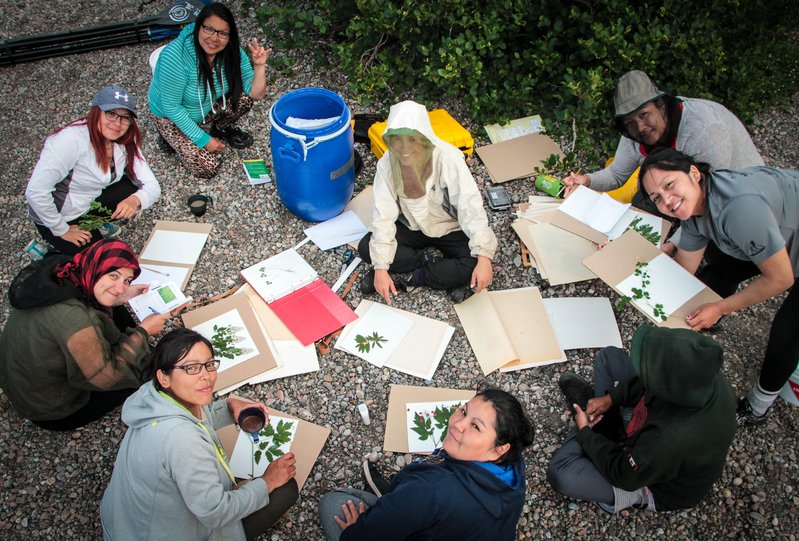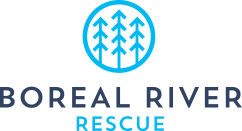Adding Science into Your Expedition
By Dalal Hanna, National Geographic Explorer, Freshwater Ecologist, PhD Student at McGill University
When you’re out in the woods, opportunities to learn about science are all around you. From the types of trees and plants you find in the forest, to the flow of the river you’re paddling, the quality of the water you’re drinking, or the composition of the rocks you set your tent up on, all of the wonders that surround you can be explained by science, in part.
Asking questions about why things are the way they are, how they came to be that way, and what might make them change in the future is fun and a great way to connect to the spaces you travel through during a trip. Here are a few ideas to incorporate science into your expedition.
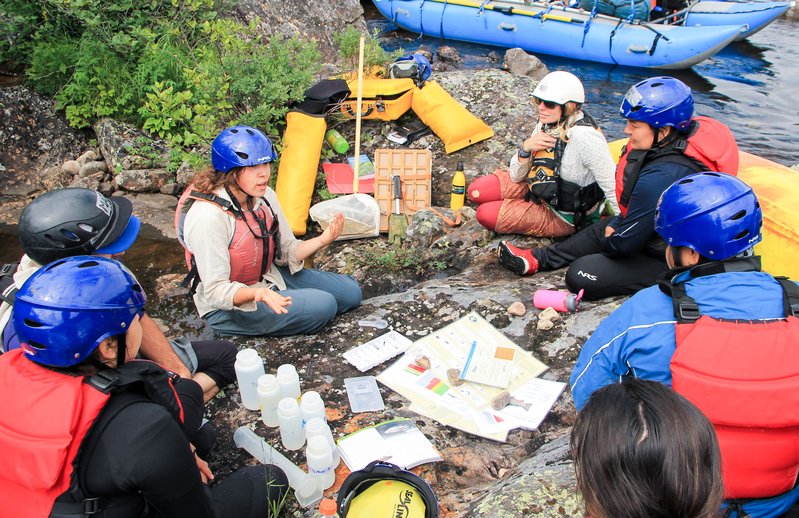
Bring natural history information along
Years ago, I was on a trip with a couple of ornithologists in Costa Rica. Everywhere we went, they carried a ‘traveling library’. Essentially, it was a small bag filled with easy to use guide books about local natural history. The books described the kinds of birds and other species we might spot in the area, the geological history of the region, the types of forests we would see, interesting interactions between local plants and wildlife, and opportunities to forage for edible plants and campfire teas. Basically, a gold mine of scientific information.
Traveling libraries are a great way to learn all about local science during your expedition and to share and exchange knowledge amongst the group. They can be consulted by you and other expedition members at any time, and are well worth the extra weight. Some of my favourites to include in a traveling library are Peterson’s bird guides and Newcomb’s plant guides.
If you want to dive into more detailed information, you might even bring a book about the local ecosystem. You can also consider using one small electronic device to put all your guides in one compact place. I really enjoy having a tracking and scat guide on my Ipod touch during paddling trips. After all, it’s always nice to know that you’ve run into some wolf poop on a portage trail!
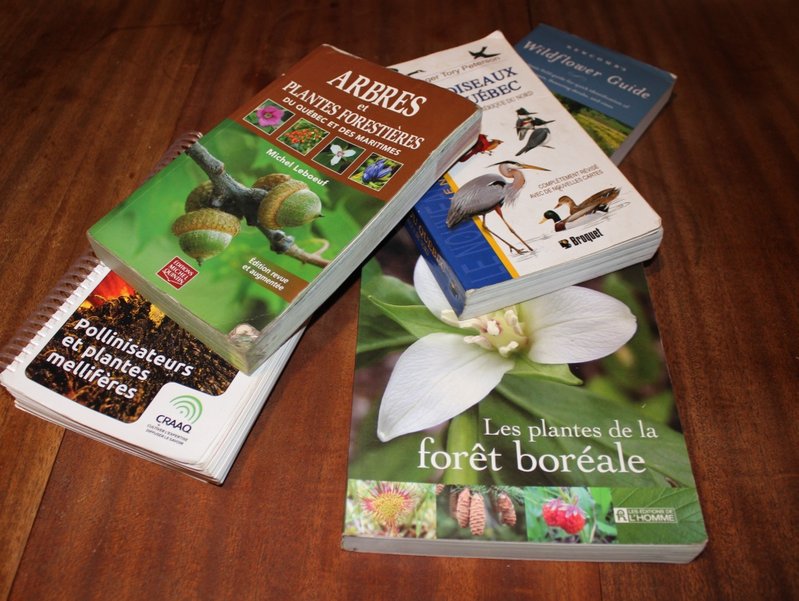
Bring equipment & do research in advance
When it comes to bringing equipment, a few small items can go a long way. Some of my personal favourites are:
- nets to catch insects
- magnifying glasses to inspect your findings
- tweezers to pick small, delicate stuff up with
- goggles for underwater exploration
- binoculars for spotting birds
- and of course, a notebook to document your findings
Make sure to keep all your fragile equipment in a safe and dry place. Pelican cases are a durable and waterproof choice.
If you’re interested in sharing knowledge about a particular scientific subject during an expedition one of the best things you can do is prepare in advance, when you have access to many more resources.
Of course, you can do this with books, but there are also lots of other ways to learn. One of my favourite ways to learn about cool science is by watching science channels on YouTube, like ASAP Science, or listening to science podcasts. RadioLab is one of my personal favourite podcasts. I’ve recently been thinking about one of their episodes, From Tree to Shining Tree, where I learned how trees communicate with each other through mushroom networks in their roots – a topic I’ll now look forward to talking about the next time I visit a forest during an expedition.
Don’t forget about delivery. There are lots of creative ways to share your knowledge – consider preparing a mini-lecture or a fun game to engage your audience in learning.
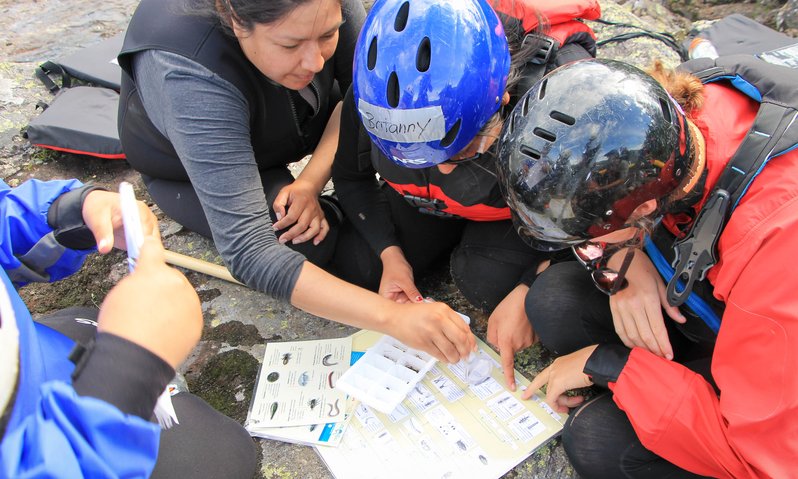
Make sci-art
Although we don’t always tend to think about it, science and art have gone hand in hand throughout history. Take for example the theory of evolution; when Charles Darwin travelled to the Galápagos Islands in the 1830s he collected several different birds. He later gave them to John Gould to identify, who eventually published these drawings, helping to explain that these very different looking birds were in fact all finches that had a common ancestor. If it wasn’t for Darwin’s knack for collecting and preserving specimens from nature and Gould’s ability to draw the birds precisely, the concept of evolution may not be as well-known as it is today.
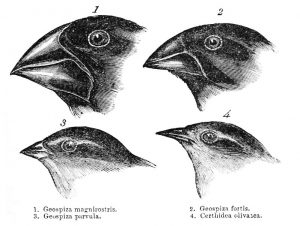
Bring pencils and paper along with you on your trip to draw the plants, animals, and landscapes you see. It’s a great way to integrate some sci-art into your trip. Your drawings may even result in surprising scientific discoveries!
Nowadays, photography is a fun and easily accessible alternative to drawing. Cameras are a great way to document the different species and natural phenomena you spot, and share your findings with others. You can even use an underwater camera to capture some of the most hidden creatures. As a scientist that specializes in ecology, I often use photographs from expeditions to present and explain the research I’m doing.
One of my favourite forms of expedition art is building herbariums. This is basically a collection of preserved plants, flattened, dried, and mounted onto paper. Using some wood, straps, and paper, you can turn plants you find into beautiful art to bring home.
If you’re planning on collecting samples, make sure that the plants you gather aren’t poisonous or endangered. You wouldn’t want to end up with Poison Ivy, or contribute to the extinction of a rare species.
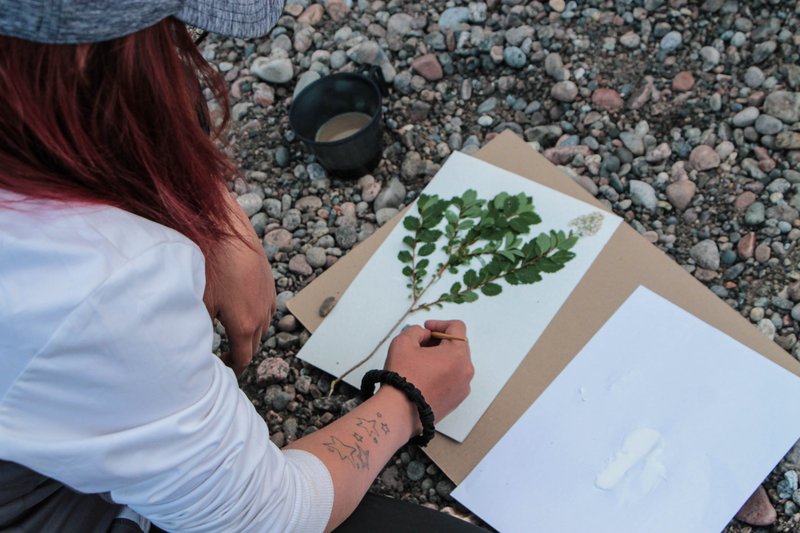
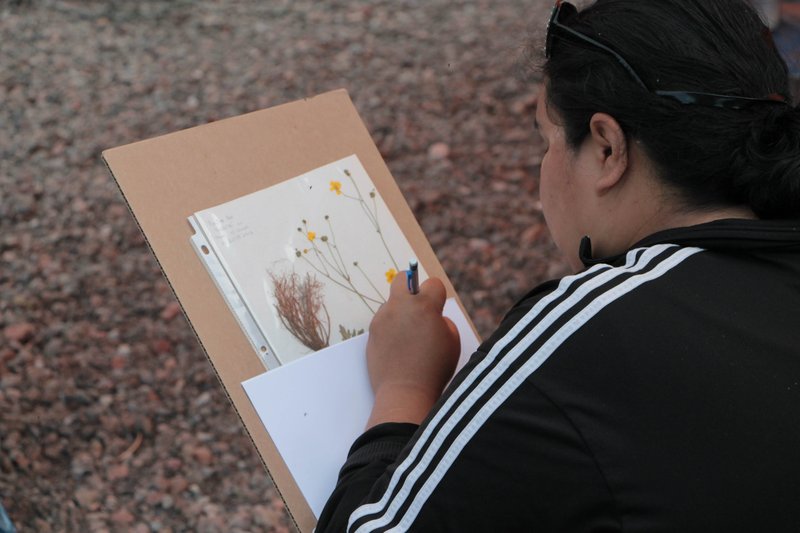
Citizen science
Your expedition may take you to a unique place that is difficult to get to, or time consuming to reach, making it inaccessible for many scientists. So if you’re interested in collecting samples that could be used by researchers, consider reaching out to a scientist doing research in the ecosystem you’ll be visiting.
In North America, lots of scientists have personal websites describing the area they do research in and the type of research they do, with contact information listed. If you have an idea about samples you might be able to collect (like water!), search the web to try and find a scientist you think might be interested in the place you’re heading to and reach out to them, you never know where the conversation will end up.
Partner with a research organization
There are also organizations that collect data using participatory methods that you might be interested in partnering up with.
In Québec, Canada, the G3E is an organization that has several citizen science programs for data collection, where you can register and help collect data on water and habitat quality that is then made available to many scientists. I’m actually using their data right now as part of my PhD research to help understand how protected areas contribute to the provision of water quality in Quebec.
If this kind of thing intrigues you, run a quick web search for local citizen science organizations or databases. There are also an increasing number of initiatives popping up where you can store simple data you’ve collected on things like the species you spot or the temperature. Although this might not seem like much, when combined, citizen science can be a powerful way to collect large amounts of data. For many scientists this is precious information that can make a huge difference to the work they are doing – don’t hesitate to get involved!
